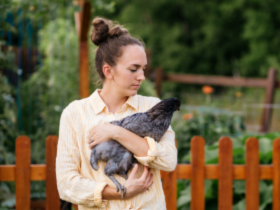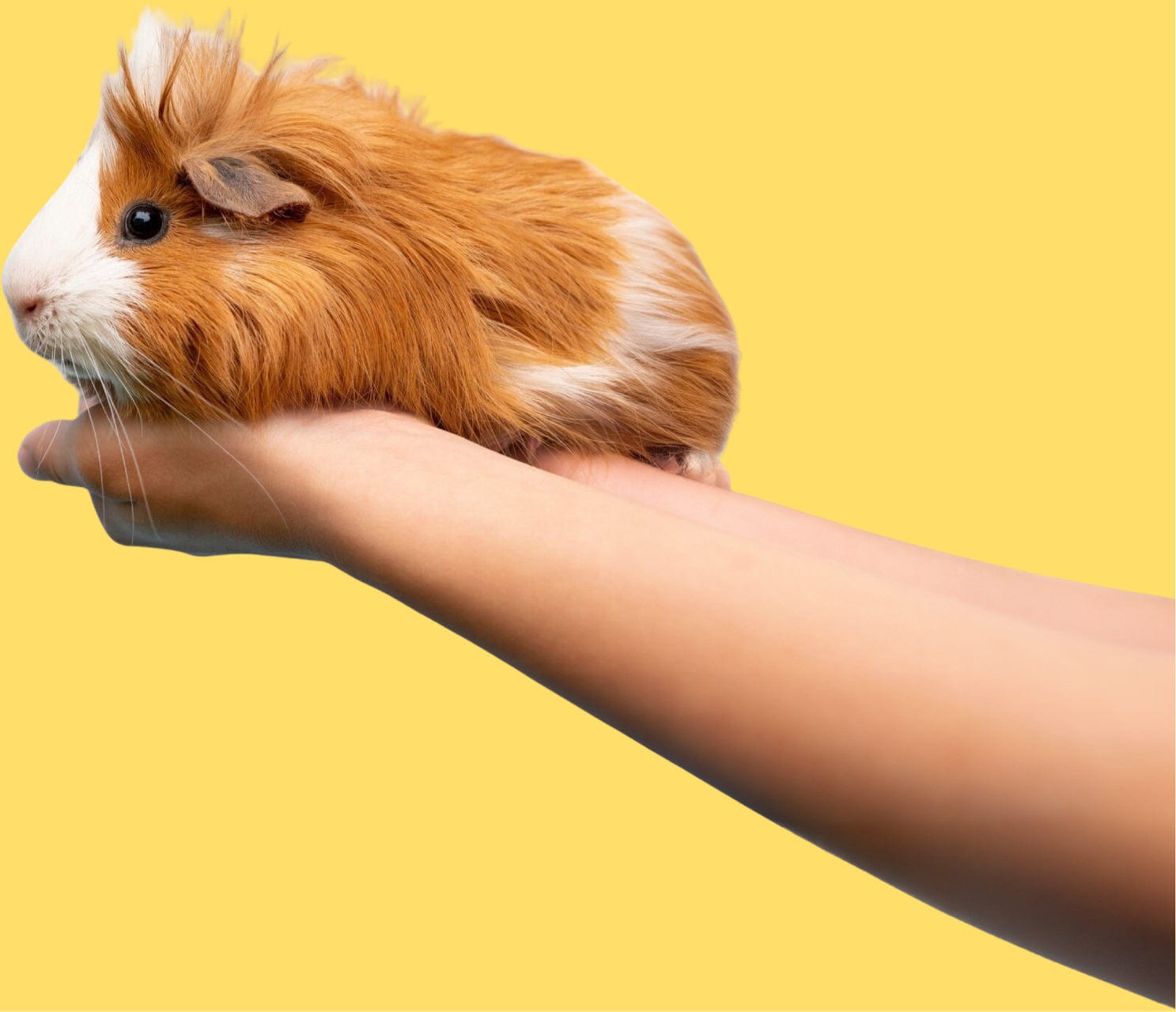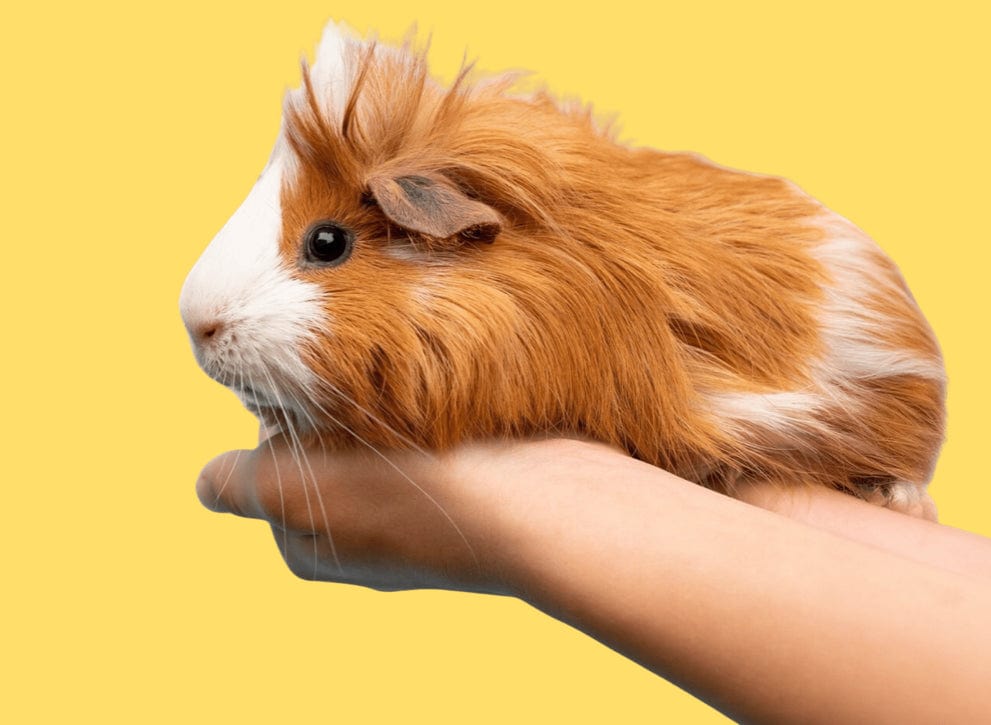- Chickens are smart, curious, and can live ~8 years; raising them takes space, time, and long-term commitment.
- Breed types include hybrids (high egg production), heritage (longer lifespan, traditional breeds), and bantams (mini breeds); pick based on climate, egg needs, temperament.
- Coop/housing must be sized well per bird, secure from predators, include nest boxes (1 per ~4-5 hens), roosts, good bedding, and proper ventilation.
- Diet essentials: feed appropriate to life stage (starter, grower, layer), plus oyster shell for calcium, grit for digestion, and scratch as an occasional treat (≈5-10% of diet).
- Daily care includes fresh water, feeding, replenishing grit & shell, checking flock health, cleaning coop; full coop cleaning twice a year.
- Healthy chickens show bright feathers, clear eyes, good posture, regular egg‐laying, natural behaviors like scratching, nesting; watch for signs like dull feathers, discharge, abnormal behavior.
Introduction
More and more people are keeping pet chickens and it's not hard to see why. These birds are smart, curious, full of personality, and we hear that some of them even like to cuddle. Did we mention that you’re also getting fresh eggs as part of this deal?
On the other hand, even a small flock of chickens demands a lot of your time and a lot of space in your yard. What's more, the average chicken lives for about eight years, so you're going to be taking care of the little guys for a while.
If you're getting ready to bring your first chickens home, the sheer volume of information out there can be intimidating. Thankfully, we’ve created this beginner’s guide to raising chickens so that we hoomans can start off on the right foot (or claw).
In this guide, we’re going to look at the following topics:
- Types of Chickens
- Picking the Perfect Breed
- Raising Chickens
- Housing
- Chicken Feed
- Daily Care and Cleaning
- Treats, and Supplement Snacks
- Signs of a Healthy Chicken

Types of Chickens
Hybrid Chickens
Heritage Chickens
Bantams
You'll also hear of Easter Eggers, but this term doesn't refer to a specific breed or category of
chicken. Instead, an easter egger carries a gene that predisposes them to lay blue eggs. It sounds complicated, but it just means is that a flock of easter eggers will provide you with eggs that are brown, pink, blue, even green depending on the dominance of the gene. Most easter eggers are Ameraucana or Araucana hens or a hybrid of the two, but their appearances vary a lot.
Picking the Perfect Breed
The chances are that several breeds of chicken could live happily in your new coop. But, when you’re making your choices, it’s important to consider three things:
- Climate
- Eggs
- Temperament
Raising Chickens
Climate
If you live in the north, consider large breeds with small combs and wattles (the fleshy bits on their heads which are important for the birds' heat regulation systems).
Common breeds like Buff Orpingtons, Rhode Island Reds, and Plymouth Rocks will be just fine in cold climates as long as they have a cozy coop to hide inside when things get really chilly.

Eggs
Consider how many eggs you'll be able to use (or give away) before you settle on a breed. White Leghorns and Sussex chickens can lay an egg almost every day, whereas some heritage or bantam breeds will lay just one or two a week.
Temperament
Silkie bantam hens are known to be especially friendly, or try Wyandottes if you’re looking for a large breed. Polish chickens are popular for the poofy feathers on their heads, but they can be more skittish (usually because they can’t see you coming past their hairdos). As for which chickens are the meanest, every experienced owner will have their own story about a chicken that became their sworn enemy, and it’s not usually restricted to breed. On the other hand, Malay chickens and English Game hens have a particularly rough reputation.
When you’re researching your future feathered friends, don’t forget to think about the mix of personalities you’ll have in your flock. Chickens can be bullies, and you'd hate to see one of your more docile feather babies getting picked on by the others.

Housing
When you’re buying or building a chicken coop, ask yourself three questions:
- Is it large enough for the number of chickens in your flock?
- Is it warm enough for the breeds in my flock?
- Is it secure against predators?
You’ll also want to check your local building codes, as many urban areas have strict rules about how their residents keep poultry.
Your coop should have between two and three square feet of space per bird, more if you're going to keep them inside in cold weather. You'll need to furnish it with some nest boxes for your chickens to lay in (about one box for every four or five hens is enough) and a roost, which is a ladder or bar for your chickens to perch on while they sleep. It's not necessary to put food and water in the coop, firstly because your chickens should be asleep while they’re in there and secondly because they'll almost certainly knock it over and make their beds wet.
Make your coop nice and cozy with some bedding, such as our natural, dust free and biodegradable pine shavings and make sure you place it in a shady spot where the air can circulate.
You can keep your chickens safe at night by closing and locking the coop door. A motion-activated light may also help to discourage predators. Remember that, although chicken wire keeps chickens in, it doesn’t do a lot to keep other animals out of the run, so we’d recommend using something stronger.

Chicken Feed
Chickens can eat a varied diet. They'll even polish off your cooking scraps or garden trimmings. But there are four essential parts of their diet which you must never overlook.
- Feed
- Oyster Shell
- Grit
- Scratch
Chicken feed is the main part of your birds’ diet. It's their dinner. It's full of the protein and minerals that they need to grow, keep their feathers healthy, and lay eggs. Your chickens will need a different balance of nutrients at different times in their lives. Our Small Pet Select chicken feed includes starter feed for chicks, grower feed for your ‘teenage’ birds, and layer feed for the older hens. All our feed is non-GMO and we don’t bulk it out with corn and soy. It’s just nutritious, protein-rich pellets, grains, and seeds with a splash of omega 3 vegetable oil.
All of us need calcium to keep our bones healthy. Chickens are no exception. But do you know how much extra calcium a chicken needs to make an eggshell? It's a lot, and it's not something your chickens are going to find just scratching around in their run. Provide your chickens with oyster shell separate from the rest of their food, and it’ll release calcium slowly so that your chickens get the minerals they need exactly when it's most important.
As much as it might hurt when your chickens peck, they don't actually have any teeth. So how do they grind up their feed? With grit.
Without a store of grit in their gizzards, chickens get very sick very quickly. As with oyster shell, you should serve grit separate to the rest of your chickens’ feed and they will self-regulate.
And now we come to the chicken's favorite part of the meal: the scratch. Scratch is chicken dessert, and we’ve never known them to self-regulate this one! Scratch should comprise only 5-10% of your chickens’ balanced diet, no matter what they tell you. Like our feed, our chicken scratch is sustainably sourced in the US and is corn-free, soy-free, and non-GMO. As well as being delicious, scratch encourages chickens to forage, which keeps them stimulated. If only we could say the same for our hooman snacks…
Daily Care & Cleaning
Now your chickens are safe, warm, and well-fed, it’s time to look at their daily care routine. Most days, raising chickens only requires a few minutes of hard work, but it’s important not to skip these essential tasks.
- Every day, you should:
- Check and refresh the chickens’ water
- Feed your chickens and top up their grit and oyster shell
- Dispose of leftover food and water, especially in the coop itself
- Observe your flock to check their health
- Inspect your coop and chicken run for damage
You’ll also need to change out the bedding in the coop when it becomes dirty, or if it gets wet.
You should plan to deep clean your chicken coop twice a year, replacing the bedding completely and scrubbing the surfaces with soap, vinegar, and old-fashioned elbow grease. It’s a good idea to wear gloves, a mask, and eye protection when you do this because having all that chicken poop in an enclosed space can expose you to diseases and parasites while you clean.
But, while housework is your responsibility, your chickens will clean themselves for you. Give them a dust bath to play in (if only to discourage them from making their own in your flower bed or vegetable patch). Although it looks messy, the dust soaks up excess oil from their feathers, exfoliates their skin, helps to shed old feathers, and makes their plumage water-resistant. You’ll know your chicken has enjoyed its dust bath when it sits back and preens itself, preferably sunbathing at the same time.

Treats, Supplements, and Snacks
Although a balanced diet of feed, oyster shell, grit, and scratch will take care of all your flock’s nutritional needs, we all like a treat sometimes. If chickens could order their favorite snack, it would be bugs. The insects they find when they’re scratching around are fine, normal mealworms are fine, but chickens go crazy for grub bugs. Even better news – grub bugs are full of protein, which can help your chickens recover from their molting season and give them everything they need to grow.
If you really want to give your chickens an energy boost, you can try mixing some herbs into their feed or giving them a supplement. We’ve designed our supplements and herbs to support your chickens’ organ function and digestion. A healthy digestive system means that they can absorb nutrients and minerals from their feed more efficiently. And that means happier chickens, a sweeter-smelling coop, and amazing eggs with rich, golden yolks. You can also try our kelp and brewer's yeast supplements for a natural immune system boost and a dose of niacin that’s especially helpful for growing chicks.

Signs of a Healthy Chicken
If you’ve followed all the advice in this guide, the chances are that you’re now looking at a coop full of contented pet chickens. Their feathers are silky and bright, their eyes are clear, and they’re providing plenty of healthy eggs with nice thick shells. They’ll also be exhibiting all their natural behaviors – eating and drinking well, perching, nesting, and inquisitively scratching around their run.
If your chickens’ behavior changes, and particularly if they start to destroy your yard or peck at each other, it can be a sign of boredom. Try enriching their environment with a homemade toy. This doesn’t have to be complicated. You can poke holes in a plastic bottle, fill it with their favorite treat, and let them push it around until the food falls out. You could also try serving some veggies floating in a shallow tray of water.
If the problem is more serious, chickens who need a trip to the vet usually show clear signs of disease. Warning signs you should never ignore include dull feathers, lackluster combs, discharge from their nostrils or eyes, and breathing through their mouths. Changes or asymmetries in the way that the chickens are carrying their wings can be a sign of injury, as can swellings on their feet and toes.
To make sure they stay healthy, it’s a good idea to train your chickens to come to you and allow you to handle them. The good news is that, like dogs, chickens respond to food and learn to associate sounds with rewards. If you give the same verbal cue or rattle their feed in the same way each time you enter their run, they’ll start flocking to you when they hear you coming. Most chickens will also eat scratch or grub bugs from your hand, allowing you to get up close and personal and give them a thorough check-up.

So now you’re ready to welcome your first chickens to the family. Do you feel confident now to start setting up your coop?
You can find more answers to any questions you still have on our blog, and remember to shop Small Pet Select for all your essential chicken supplies!
More Guides





